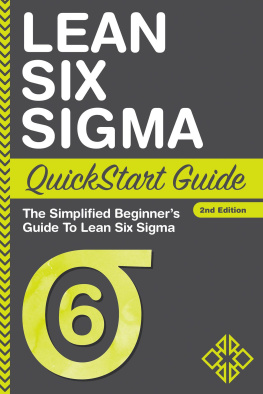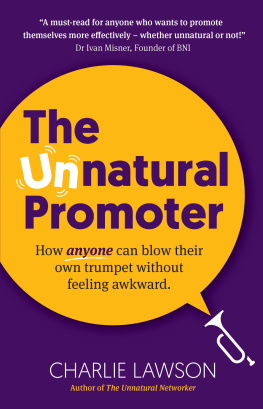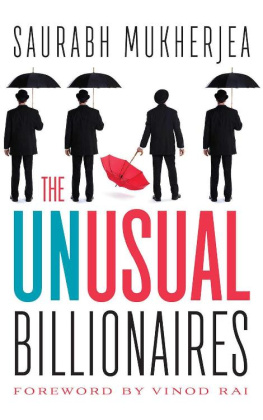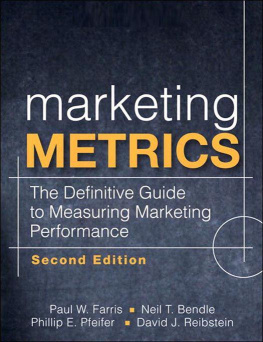
Copyright 2011 Fred Reichheld and Bain & Company, Inc.
All rights reserved
No part of this publication may be reproduced, stored in or introduced into a retrieval system, or transmitted, in any form, or by any means (electronic, mechanical, photocopying, recording, or otherwise), without the prior permission of the publisher. Requests for permission should be directed to , or mailed to Permissions, Harvard Business School Publishing, 60 Harvard Way, Boston, Massachusetts 02163.
First eBook Edition: September 2011
ISBN: 978-1-4221-7335-0
Much has changed in this revised and
expanded editionbut not its
dedication, which remains steadfast:
to my wife Karen,
with love and loyalty.
Contents
This book shows how companies can put themselves on the path to true growthgrowth that occurs because their customers and employees love doing business with them and sing their praises to neighbors, friends, and colleagues. This is the only kind of growth that can be sustained over the long term. Acquisitions, aggressive pricing strategies, product line extensions, cross-sell strategies, new marketing campaigns, and all the other implements in a CEOs toolkit may give a company a short-term boost. But if these gambits dont ultimately result in delighted customers, the growth wont last. So it is with market share. A dominant position in the marketplace often gives a company economic advantage. But again: if that potential isnt utilized to make customers smile, neither the advantage nor the dominant share will last.
This lesson has taken on new importance as a quiet revolution sweeps across the business world. The revolution, like many others shaking up the current world order, has been stoked and accelerated by the development of social media tools. Customers and employees blog, tweet, and text about their experiences in real time, overwhelming the carefully crafted messages proffered by advertising and public relations departments. Power is shifting from the corporation to those who buy from it and those who work for it.
To come out on top in this revolution, business leaders must find ways to enable frontline teams to delight customers. Most leaders want customers to be happy; the challenge is how to know what customers are feeling and how to establish accountability for the customer experience. Traditional satisfaction surveys just arent up to this job. They ask too many questions and inspire analysis instead of action. Financial reports arent up to it, either. As well see, conventional accounting cant even distinguish a dollar of good profitsthe kind that lead to growthfrom a dollar of bad profits, which undermine it.
What the book offers instead is a wholly new approach. Companies begin this approach by asking one questionthe Ultimate Questionin a regular, systematic, and timely fashion. Based on the answers, a company can identify the customers who love it, those who hate it, and those who dont care much one way or the other. It can compile a simple, easily understandable scoreits Net Promoter scorethat shows how it is faring on the customer-relations front. It can track that score week in and week out, in much the same way every business already tracks its financial performance.
Then the company can begin the real work: closing the loop with customers, listening to what they have to say, fixing the problems that lead to unhappiness or anger, and creating experiences that lead to more and more delight. It can engage every employee in the quest to build a true customer focus into their daily operations. Just as managers now use financial reports to make sure they and their team members are meeting profit goals, they can use the Net Promoter score to make sure they are meeting customer-relationship goals. This system is helping companies win the quiet revolution by illuminating the path toward greatness.
The companies that have pioneered the use of the systemyou will read about them in the chapters that followhave already learned this lesson and are way out ahead of their competitors. They range from small neighborhood businesses to Silicon Valley superstars and global giants such as General Electric. (This is the best customer-relationship metric Ive seenI cant understand why any of you wouldnt want to try it! exclaimed General Electric CEO Jeff Immelt to a meeting of his senior leaders in 2005.) Different as they are in other respects, these companies have one big thing in common, which is that they take seriously the principle of the Golden Rule: treat others as you would want to be treated. These businesses want customers who are so pleased with how they are treated that they willingly come back for more and bring their friends and colleagues with them. Incidentally, though most of the books examples are drawn from the business world, organizations of any kindschools, hospitals, charities, even government agenciescan put these ideas to practical use as well. Nonbusiness organizations also have customers or constituents; they, too, need to delight the people they serve; and they, too, can benefit greatly from a management system based on timely, regular feedback from customers.
Once you have read the book, please visit the Web site www.netpromotersystem.com. Our hope is that together we can create a community of people who believe that the purpose of companies and other organizations is to enrich the lives they touch and to create relationships worthy of loyaltyand who think that an organizations best chance for long life, prosperity, and greatness requires measuring performance on this dimension just as carefully as it measures profits.
A word of advice to those who read the first edition of The Ultimate Question. Every chapter of this new edition includes important additions and clarifications, and many of the chapters are completely new. If you are already deeply familiar with the original, be sure to read the introduction (wholly new), skim ) is nearly all brand-new material. These chapters describe and analyze the accomplishments of Net Promoter practitioners since publication of the original book.
I t always seemed to me that success in business and in life should result from your impact on the people you touchwhether you have enriched their lives or diminished them. Financial accounting, for all its sophistication and influence, completely ignores this fundamental idea. So several years ago, I created a new way of measuring how well an organization treats the people whose lives it affectshow well it generates relationships worthy of loyalty. I called the metric Net Promoter score, or NPS. Thousands of innovative companies, including Apple, Allianz, American Express, Zappos.com, Intuit, Philips, GE, eBay, Rackspace, Facebook, LEGO, Southwest Airlines, and JetBlue Airways, adopted NPS. Most used it at first to track the loyalty, engagement, and enthusiasm of their customers. They liked the fact that NPS was easy to understand. And they liked it because it focused everyone on one inspirational goaltreating customers so well that those customers become loyal promotersand led to action in pursuit of that goal. They also appreciated the fact that it was an open-source method, which they could adapt for their own needs.
Over time, these companies developed and expanded the metric. They used it to help build employee engagement and commitment. They discovered new methods to extend its impact, not just to measure loyalty but to transform their organizations. They shared ideas with one another, and they built upon one anothers applications. In a remarkable explosion of creative intelligence, NPS soon morphed into something much more than a metric. Though the science is still young, it became a management system, an entire way of doing business. The initials themselves, NPS, came to mean Net Promoter










